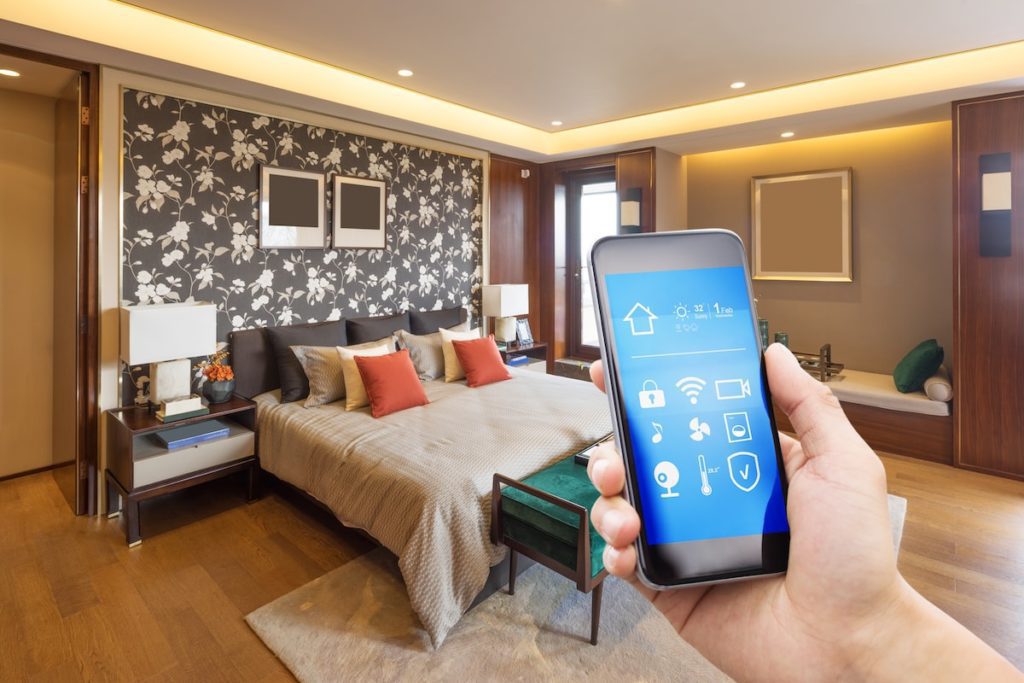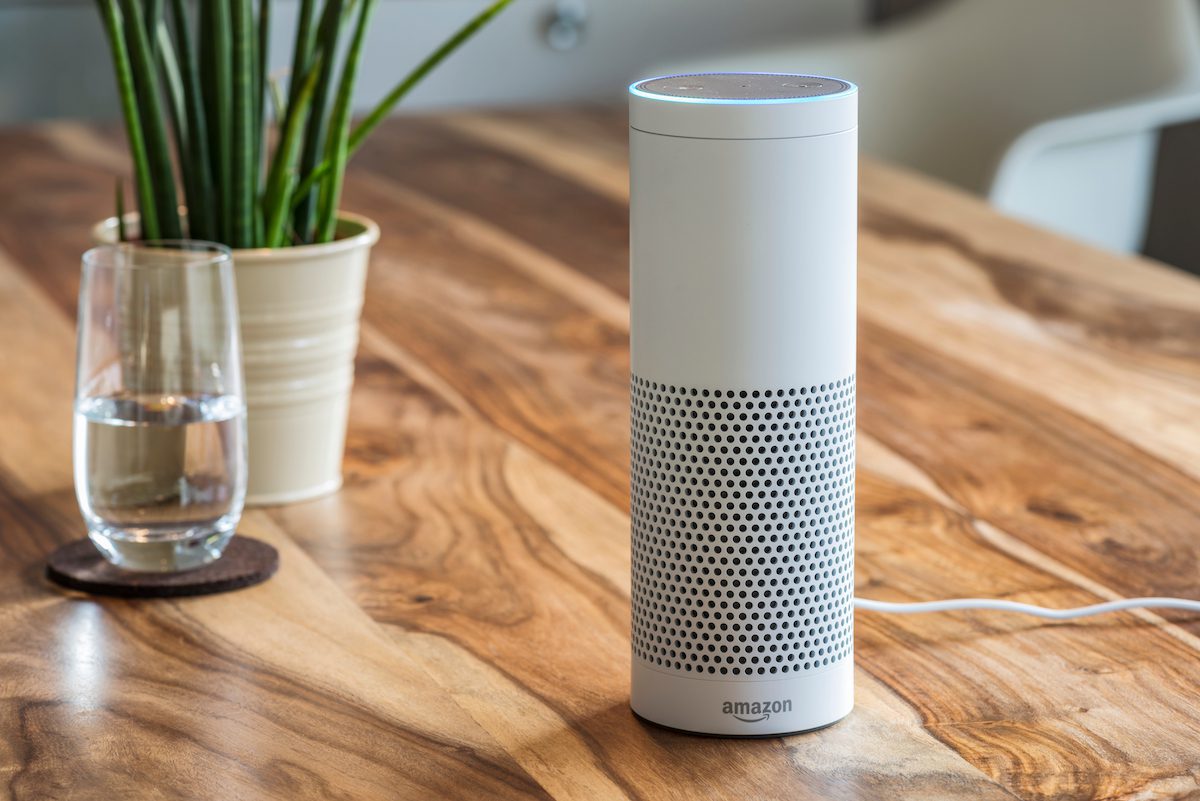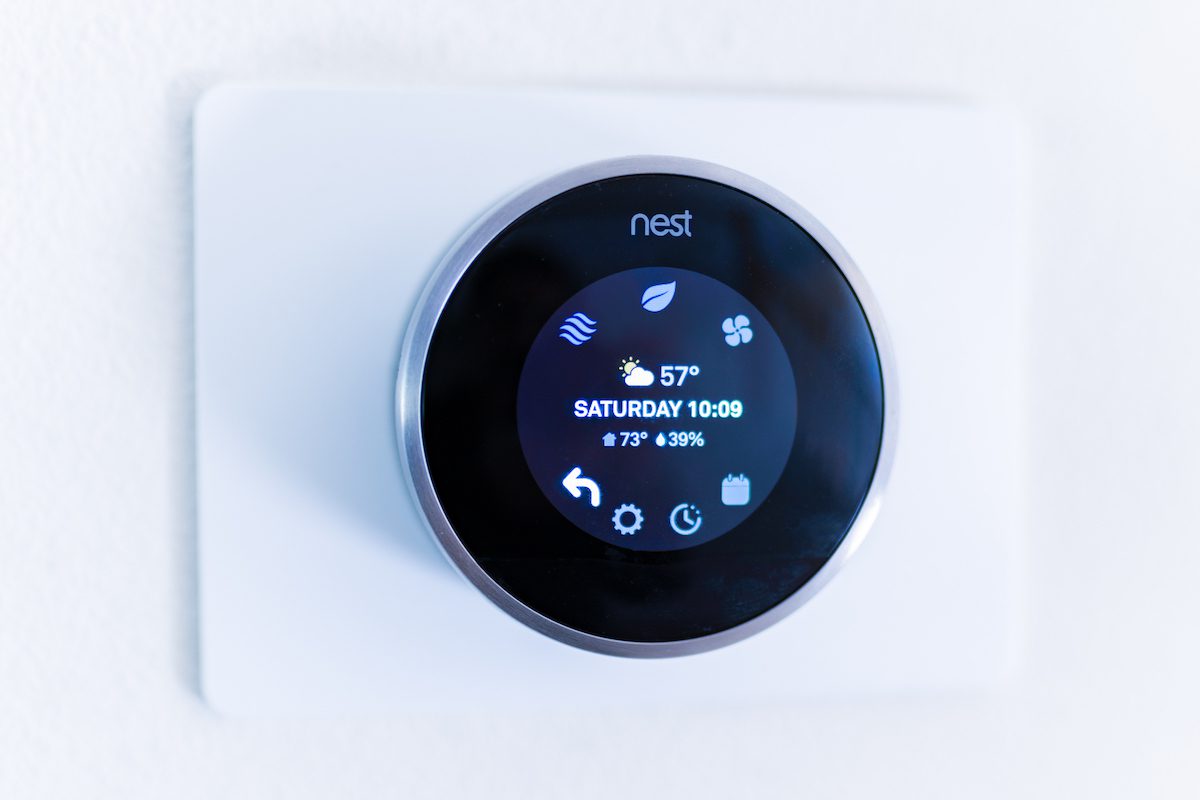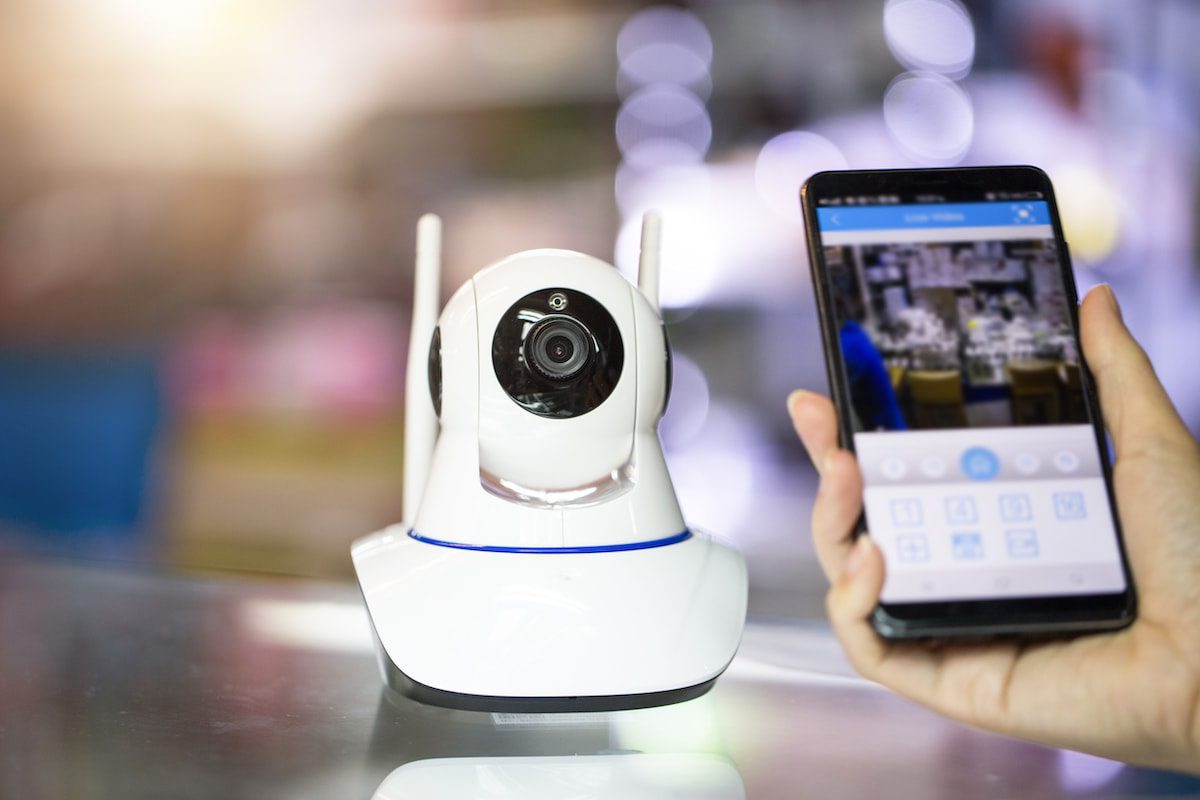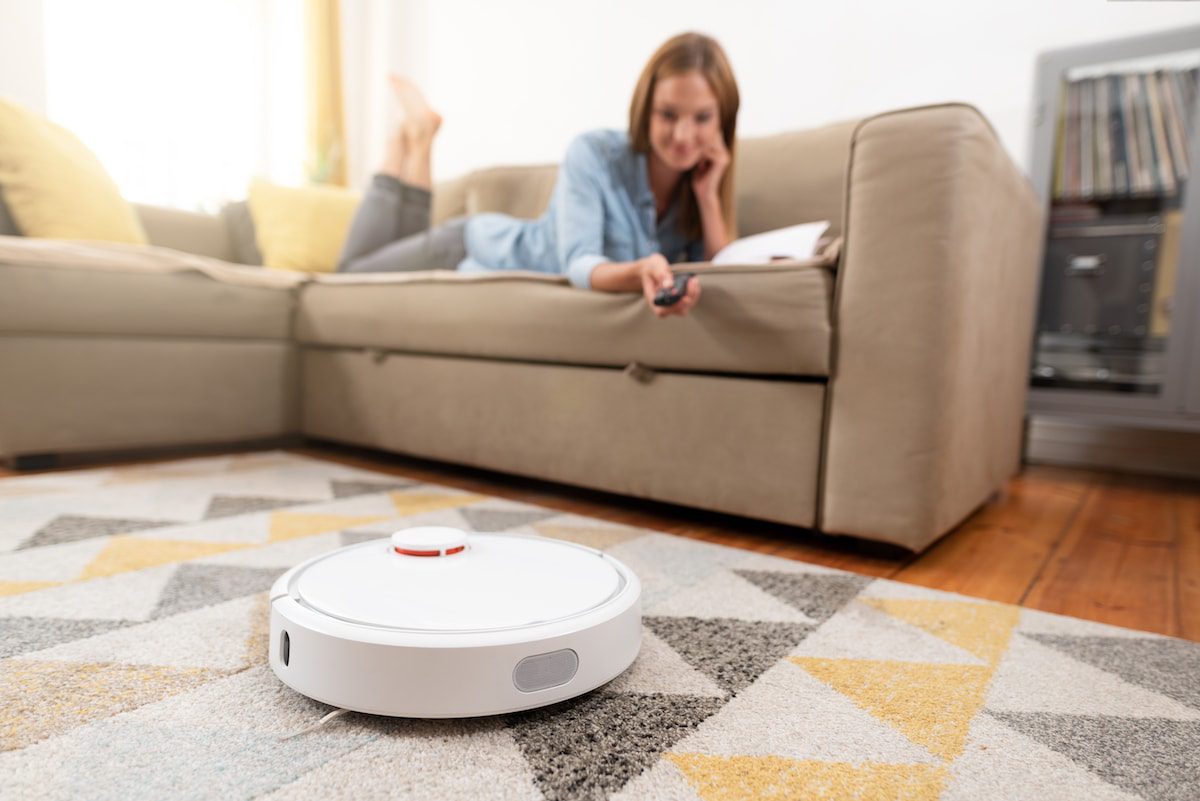After decades of hype and misfires, the promise of smart home technology is finally becoming a reality. This includes devices such as appliances, entertainment centers and security systems working together and the ability to control and monitor them easily.
Enabling smart home technology in rental homes and apartments can be a good way to make properties attractive to tech-oriented tenants, and it can also help landlords monitor and maintain their properties and be more responsive to tenant needs.
What is Smart Home technology?
“Smart Home” is a term that encompasses a growing number of devices capable of communicating, sharing information and working together to make everyday household tasks easier, more efficient and more fun. The Smart Home umbrella covers the devices themselves, the networks that tie them together and the underlying technologies that let them interact.
It enables users to receive a variety of alerts and updates about what’s happening in the home, and lets them adjust thermostats, monitor security cameras and sensors, switch lights and music systems on and off, lock and unlock doors and perform any number of other tasks remotely using smartphones, PCs and even voice commands and alerts.
The technology itself has been around for decades, but was mostly pursued by tinkerers and do-it-yourselfers willing to spend the cash and, perhaps more significantly, the time required to make everything work. With the proliferation of Wi-Fi, smartphones, smart thermostats (like Nest) and smart “assistants” (e.g. Amazon’s Alexa), the popularity of Smart Home technology has recently blossomed.
How does Smart Home technology help landlords and tenants?
Smart Home technology is primarily designed to benefit the people who actually live in the home or apartment, but it can be a tremendous help to landlords and property managers, as well. Smart Home automation can improve security and energy efficiency in rental units both when they’re occupied and when they’re on the market or between tenants. In multi-unit buildings, smart home automation also can help manage common areas such as lobbies and laundry rooms.
We explain below what landlords should know about Smart Home technology, what the various devices cost and how they can help landlords keep tabs on their properties, improve tenant satisfaction and increase the appeal of their rental units.
Benefits for landlords
- Better security: Smart cameras, including some with built-in motion detectors and spotlights, can record activity in building common areas and even let you monitor them in real time (from anywhere you have internet access). Smart locks can track every person who opens a door, let you or your tenants unlock the door remotely to admit contractors or delivery persons and “change the locks” between tenants in seconds, from practically anywhere. And smart sensors can alert you to broken windows, leaky pipes and other maintenance issues before they become bigger problems.
- Save more money: Smart thermostats and lighting systems can help contain energy costs in common areas and vacant units, and remote monitoring and control can save time and money spent traveling to and from a rental unit.
- Greater tenant appeal: The explosive growth in smart speakers from Amazon, Google and Apple have primed many potential tenants on the potential of voice-command home automation, and rental units equipped with that capability are widely seen as more appealing — particularly if the tenant is given permission to expand or customize the existing setup with additional devices of their choosing (think audio systems, smart TVs, small appliances, robot vacuum cleaners, etc.).
- More revenue: Adding support for Smart Home technology when renovating or remodeling a home or apartment can be an incremental cost that adds to the property’s rental value.
Smart Home platforms
There are literally dozens of competing smart home technology platforms upon which smart home systems are based, but smart speakers (Amazon Echo, Apple HomePod and Google Home) and their respective voice-commanded virtual assistants (Alexa, Siri and Google Assistant) have largely eliminated the need for weeding through the buzzwords and compatibility checks.
If you’ve installed a permanent Wi-Fi network in the unit or building, you basically choose a smart speaker standard (Amazon, Google or Apple) to use as your central control hub, and then just look for devices that work with that standard. A few thoughts to ponder as you consider the platform:
- Amazon Echo and its Alexa assistant are compatible with more third-party devices than Google and Apple’s offerings. Apple’s Homekit standard has the fewest compatible devices.
- Amazon and Google offer apps for both Android and iPhone that you can use to customize and control a Smart Home setup.
- Apple’s HomePod smart speaker and its underlying HomeKit technology only run on Apple devices (iPhones, iPads, iPod touch and Mac computers). Apple doesn’t provide an Android app, so if you decide to use HomeKit in a rental unit, consider making an iPad, iPod touch or even a decommissioned iPhone (running only on Wi-Fi) available for use by tenants who have Android phones.
If you’re installing in spaces where there is no permanent Wi-Fi network, you can use any of several other wireless communications standards to link your Smart Home technology devices together, using a hub such as the Wink Home 2 or Samsung.
- Bluetooth: Bluetooth can connect devices at ranges up to about 300 meters (328 feet).
- Older Smart Home standards: Zigbee and Z-Wave, two wireless communications methods long associated with home automation, are effective and time-tested. Either standard will work well, as long as all devices you choose are compatible with it. Configuring cameras, motion detectors, lights and other devices via either of these methods will require a separate smartphone app from the one you use with your smart speaker, but setup procedures will be similar.
- Powerline Adapters: If you’re installing devices in locations near electrical outlets, you can try powerline adapters. When you plug these small boxes into the outlets, and then plug, say, a camera into one adapter and a motion sensor into the other, the adapters establish a connection between the devices, transmitting signals through the wiring in the walls. You can expand the network by adding additional devices to additional adapters, plugged into additional outlets.
Components of Smart Home technology systems
Smart Home hub (central control device)
What is it? The hub is the heart of a Smart Home network. It enables various smart devices to work together, and it’s the command center where you trigger actions across the Smart Home by using voice commands, clicking on a display screen or controlling it remotely using your smartphone. If you’ve already installed Wi-Fi in your building or rental unit, a smart speaker (such as the Amazon Echo, Google Home Speaker or Apple HomePod) can serve as a hub that connects a wide variety of smart devices.
If you don’t have Wi-Fi, you can set up a separate wireless network using a smart home hub such as the Wink Hub 2 or Samsung’s SmartThings Hub, both of which are easily configurable using smartphone apps.
Note that every platform is limited to devices that are compatible with its standards.
How much does it cost? The costs vary depending on the device and what it can do.
- Amazon Echo: $100
- Google Home speaker: $100
- Apple Homepod: $300
- Wink Hub 2: $99
- SmartThings Hub: $75
Bottom line for landlords? Pick the platform you’re most comfortable with, and make sure any add-on devices you choose are compatible with it.
Smart locks
What is it? The smart lock replaces standard mechanical deadbolts. Tenants “swipe” their smartphones or enter a PIN via a keypad to enter. Tenants and landlords can also lock and unlock the door remotely via voice command using a smartphone to grant access to delivery persons, painters, pet-sitters, etc.
Many smart locks offer a logging function that tracks when the lock is opened, and by which authorized user(s). Some even let you create temporary “keys” that function only for a set time period, so contractors can use their phones to access a unit during authorized hours. Landlords can change access codes as desired or needed, when tenants turn over, or in case there’s ever concern a key-enabled phone or PIN has been stolen.
How much does it cost? Bare-bones non-keypad lock go for about $116 and a keypad lock with built-in video camera and two-way audio intercom you can use with your phone will set you back about $350. Products from lockmakers August, Kwikset, Schlage and Yale are priced all along that range.
Bottom line for landlords? The price difference between a smart lock and its mechanical counterpart may seem steep, but the convenience of providing remote access and the time saved changing locks between tenants can quickly make up the difference. This is a good first step in “smarting up” an apartment or rental home.
Smart thermostats
What is it? The original Smart Home superstar product was the Nest Learning Thermostat, which lets you adjust settings remotely from your (Android) phone. It also uses artificial intelligence to learn when to turn down the heat for bedtime, turn it back up in the morning, adjust for seasonal temperatures and so on.
The Nest also automatically figures out how you can save energy and starts doing it. Nest (owned by Google) is still the gold standard for smart thermostats, but its high price and incompatibility with Apple HomeKit make competing products from Ecobee, Emerson and Honeywell worth a look as well.
How much does it cost? Again, prices vary based on the device.
- Nest Learning Thermostat: $249
- Ecobee4: $240
- Emerson Sensi Touch: $135
- Honeywell Lyric T5: $100
Bottom line for landlords? Smart thermostats that improve comfort in your rental units will be attractive to tenants, and so will the opportunity to reduce energy usage and lower utility costs. Smart thermostats can help you save on energy costs, too, in building common areas and when units are temporarily vacant for maintenance or between tenants.
Security cameras
What is it? Smart Home security cameras all have the same basic function — recording HD video and transmitting real-time video on request. But they vary tremendously in features and functionality and are priced accordingly.
Some are battery powered, others require an AC plug. Most operate continuously, storing a set number of hours’ (or days’) worth of video at all times, or saving it to a cloud-storage. Some activate in response to motion detection, still others work on demand when you ask them to and can even turn where you direct them, or zoom in to where you want to focus. Some are integrated into security lights (with optional sirens), others are embedded in doorbell buttons and baby monitors. Products from industry innovators including Amazon (and its subsidiaries Blink and Ring), Arlo and Wyze are all worth consideration.
How much does it cost? As you can imagine, the price will depend on how many options are included. They typically range from $30-$300.
Bottom line for landlords? Integrating security cameras into tenants’ doorbells could offer them greater convenience, as well as improve security on your property. But other security cameras aren’t likely to be big selling points with potential renters. If you think they can help prevent theft or vandalism (and you can place them in spots that won’t encroach on tenant privacy), they could be a good investment.
Smart lighting
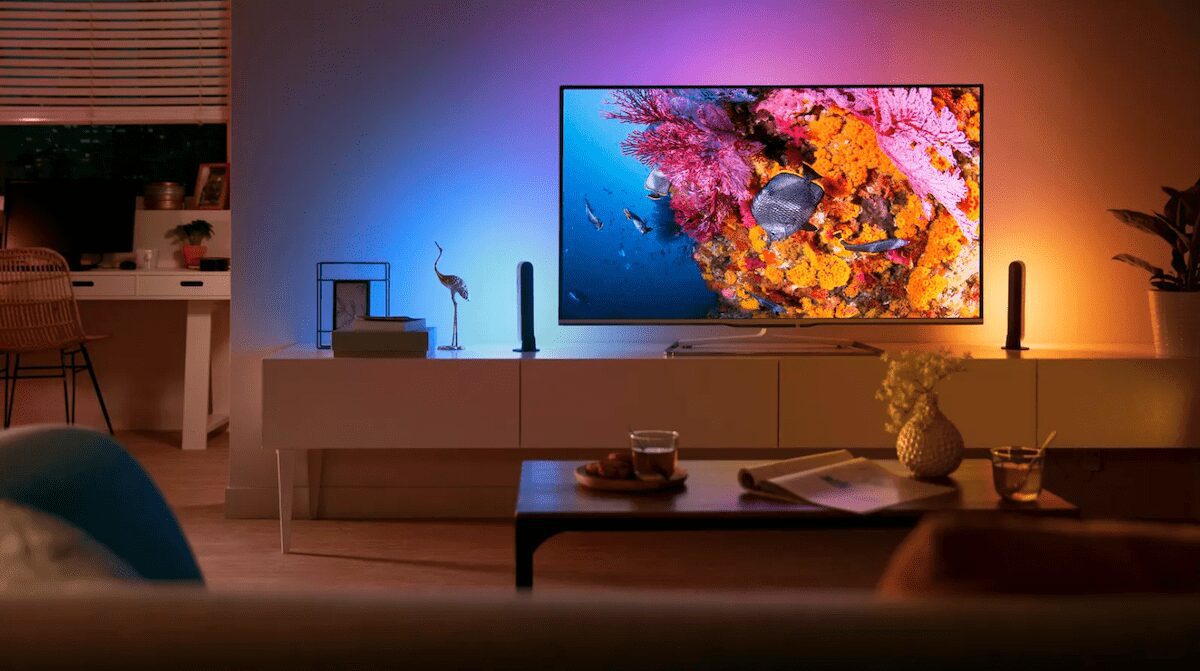 Image via Phillip Hue
Image via Phillip Hue
What is it? Smart Home lighting runs the gamut from simple on-off controls based on a schedule and tied to motion detectors or cameras to high-end mood lighting that can bathe rooms in any color of light, and even shift through every shade of the rainbow.
You can get basic on-off functionality by plugging any lamp into inexpensive smart outlets, but you’ll need smart light bulbs for dimmer effects and color. Philips Hue is the industry standard for smart bulb controls, and its functionality is now built into Amazon Echo, Google Home and Apple HomePod controllers.
How much does it cost? Smart outlets are $8-$30 (higher-end ones offer bonus features like automatic shut-off timers and random on-off settings). All-white smart bulbs (60W equivalent) run from $12-14 each and color smart bulbs (60W equivalent) are $33-35 each. Shop for smart plugs and outlets from vendors including Belkin, ConnectSense and iHome. Smart lightbulbs are available from Eufy, General Electric and Philips.
Bottom line for landlords? Unless you have a really compelling reason to put on a light show to market your property, consider using a mix of smart outlets and a few well-placed all-white smart bulbs to keep vacant units lit at night and to set a comfortable mood during open houses. But make sure to let prospective tenants know that your setup is ready for colored smart bulbs in case they want to change the look.
Smart appliances
What is it? A new generation of large appliances (washers, dryers, refrigerators, dishwashers and ovens) and small appliances (robot vacuum cleaners, microwave ovens, slow cookers, etc.) are Smart Home-enabled. Tenants can activate them remotely, and they can send alerts when they require maintenance, helping you be more responsive to tenant needs.
How much does it cost? Smart-appliance offerings are available from leading manufacturers including General Electric, LG, Samsung and Whirlpool and costs vary.
- Smart refrigerator: $1,500-$6,300
- Smart dishwasher: $920-$3,900
- Smart washing machine: $900-$1,500
- Smart dryer: $800-$1,500
- Smart oven: $1,100-$3,900
Bottom line for landlords? Many tenants may find the ability to use their own small smart appliances appealing, but the extra cost of smart large appliances (which can be double the price of comparable standard devices) make their value questionable. Those price premiums are sure to shrink over time, and once you’ve established a Smart Home network in your rental units, you can consider smart options as you replace large appliances in the future.
Specialized sensors
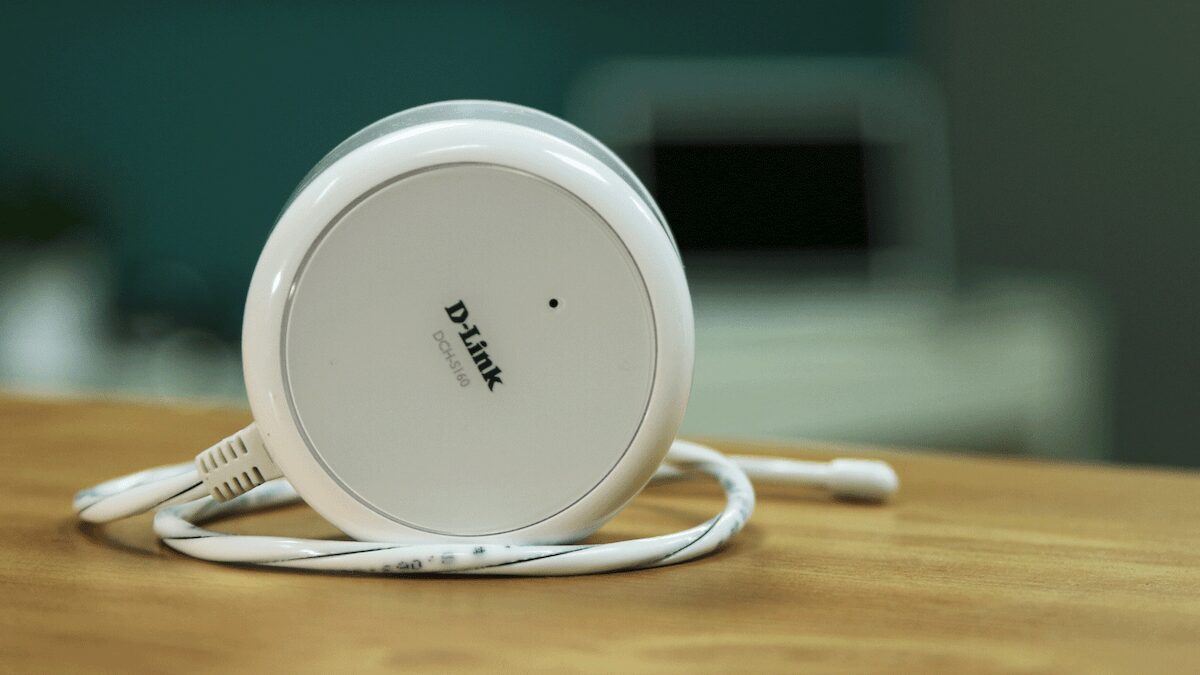 Image via D-Link
Image via D-Link
What is it? They’re not flashy, and your tenants won’t likely find them exciting, but there are a variety of sensors you should consider adding to the mix if you’re adding Smart Home tech to your rental property.
Among the dozens of possible options are moisture sensors that can alert you to a flooded basement or bathroom (and even turn off water pipes automatically), web-enabled variations on the smoke and CO2 detectors that can call or text you any time they go off and sensors that detect when doors and windows have been opened or closed.
How much does it cost? The sensors themselves cost about $30-$60 each. Smart valves that can shut off water automatically run about $250 each. You’ll find a wide array of sensors from vendors including D-Link, iHome and Samsung.
Bottom line for landlords? The cost of many of these smart sensors is minor compared with the cost of installing a unit-wide Smart Home system, but they could save you lots of money if they help you catch a potential catastrophe before it happens. Knowing where to place them will take careful thought. Ask your property insurance agent for input and see if installing any of these measures can save you a few bucks on your premiums.
Addressing tenant concerns
While there’s good reason to believe most tenants will appreciate the convenience of Smart Home technology, some may have concerns about privacy. To help address these concerns, take care to place all smart cameras so they don’t encroach on private spaces (tenant windows, etc.)
You should also make it your policy to assure your tenants that you won’t access their units, listen in on intercoms or use camera footage, lock-entry logs and other data unless they request it or there’s a reason to suspect theft, vandalism or the like. Let them know you’ll notify them in writing if that’s the case (this is required by law in many communities).
And finally, consult your legal adviser about formalizing these promises in a short document that’s consistent with any local renters’ rights laws, and make it part of your standard tenant’s welcome packet.
By sharing some or all of your Smart Home capabilities with your tenants, and giving them the option to extend them using their own small appliances, lights and entertainment systems, you can make your rental units more attractive and potentially more lucrative.
Rentals.com is in no way affiliated with any of the brands noted in the article.
